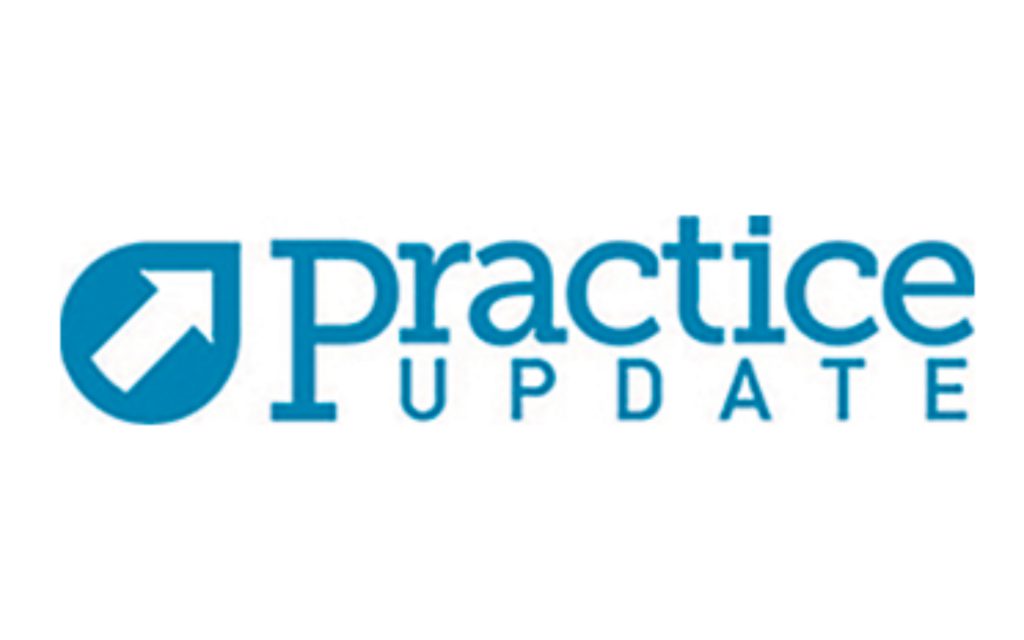Oral Abstract Session: Melanoma/Skin Cancers
Sunday, June 6, 2021; 8:00 AM–11:00 AM EDT
9501 Final analysis of overall survival (OS) and relapse-free-survival (RFS) in the intergroup S1404 phase III randomized trial comparing either high-dose interferon (HDI) or ipilimumab to pembrolizumab in patients with high-risk resected melanoma. KF Grossmann, M Othus, SP Patel, et al
Take-Home Message
- The effectiveness of pembrolizumab for the treatment of patients with high-risk resected melanomas was compared with standard-of-care regimens (HDI or ipilimumab). Recurrence-free survival (RFS) was statistically improved in the pembrolizumab group (HR, 0.740; 99.618% CI, 0.571–0.958), while overall survival (OS) was not, both for the overall patient population (HR, 0.837; 96.3% CI, 0.622–1.297) and the PD-L1+ patient population (HR, 0.883; 97.8% CI, 0.604–1.291). HDI and ipilimumab were associated with higher rates of grade 3 adverse events (69% and 43%, respectively) than pembrolizumab (17%).
- Compared with the standard-of-care regimens, pembrolizumab was better tolerated and improved RFS but not OS.
9503 Relatlimab (RELA) plus nivolumab (NIVO) versus NIVO in first-line advanced melanoma: Primary phase III results from RELATIVITY-047 (CA224-047). EJ Lipson, HA-H Tawbi, D Schadendorf, et al
Take-Home Message
- This study evaluated whether a fixed-dose combination treatment targeting two potentially synergistic immune checkpoint pathways (LAG-3 and PD-1 by relatlimab and nivolumab, respectively) would provide a better benefit–risk profile than monotherapy. The relatlimab plus nivolumab group had significantly longer progression-free survival (PFS; 10.1 months) than the nivolumab group (4.6 months). However, it also had a higher rate of grade 3–4 treatment-related adverse events (18.9% vs 9.7%).
- Compared with nivolumab alone, the relatlimab plus nivolumab fixed-dose combination had a significant PFS benefit, indicating that dual inhibition might be a promising strategy. The therapy was also well-tolerated, and the treatment-related adverse events were manageable.
9506 CheckMate 067: 6.5-year outcomes in patients (pts) with advanced melanoma. JD Wolchok, V Chiarion-Sileni, R Gonzalez, et al
Take-Home Message
- Patients with unresectable stage III or IV melanoma were treated with nivolumab (NIVO) plus ipilimumab (IPI), NIVO alone, or IPI alone. At the 6.5-year follow-up, NIVO + IPI was associated with longer median overall survival (OS; 72.1 months for the combination vs 36.9 months for NIVO and 19.9 months for IPI), a longer median treatment-free interval (27.6 months vs 2.3 months and 1.9 months), a lower percentage of patients who received subsequent systemic therapy (36% vs 49% and 66%), and a higher percentage of patients who were off treatment and never received subsequent therapy (81% vs 74% and 43%). However, more grade 3/4 treatment-associated adverse events were reported for the NIVO + IPI group (59%) than the other two groups (24% for NIVO and 28% for IPI).
- There was an increased benefit in using NIVO + IPI versus NIVO or IPI alone in terms of overall survival, progression-free survival, and objective response rate.
Click here to visit this article on PracticeUpdate’s website to learn more.

